A Day in the Life of a Triathlete

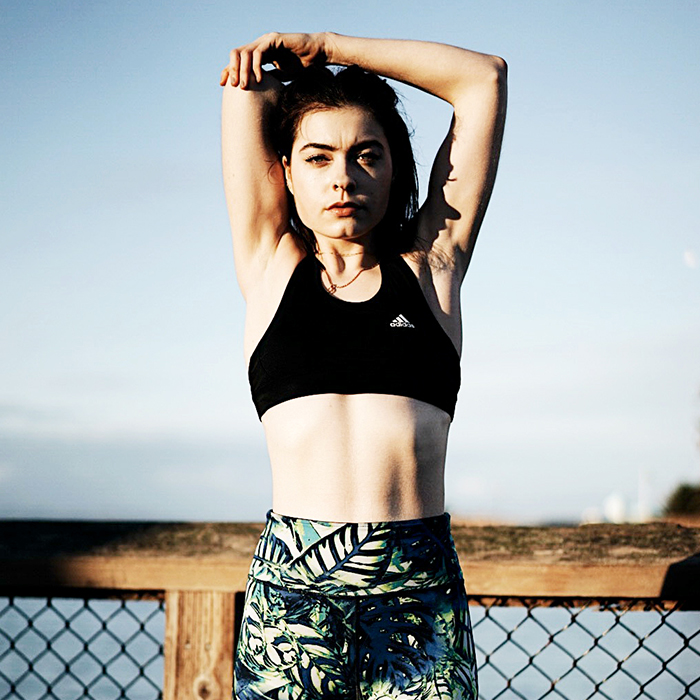
For many of us, getting out of bed in time to log a quick workout at the gym requires the deepest kind of motivation. But for Nicole Loher, training at the crack of dawn is simply a way of life: Thanks to a calendar packed with challenging races, the triathlete works hard to keep her body in top form. That means twice-daily workouts, regular physical therapy sessions, and a formulaic diet packed with the nutrients she needs to support her demanding regimen. Oh, and the 24-year-old also has a killer day job at Christian Louboutin, too. So what does life look like when it calls for such a significant training schedule? (And for that matter, what does a typical triathlon workout look like?) We asked Loher to give us a firsthand look.
Keep reading for her play-by-play.
4:30 a.m.
"I have eight alarms to get me out of bed in the morning, the first being at 4:30 a.m.; then seven more in two-minute increments. Once I'm out of bed, I quickly brush my teeth, drink some water, and then brew my first up of coffee for the day. From there, I record that hip-shake thing I do every morning, and then jump into catching up on personal emails or projects that I'm working on up until I leave for the gym."
5:30 a.m.
"My first training session of the day starts at 5:30 a.m. Four out of six days, this is strength training. I'm really big on balancing all the cardio I do for triathlons with an ample amount of strength training and physical therapy. I typically spend an hour on the muscle focus group and 15 minutes on core."
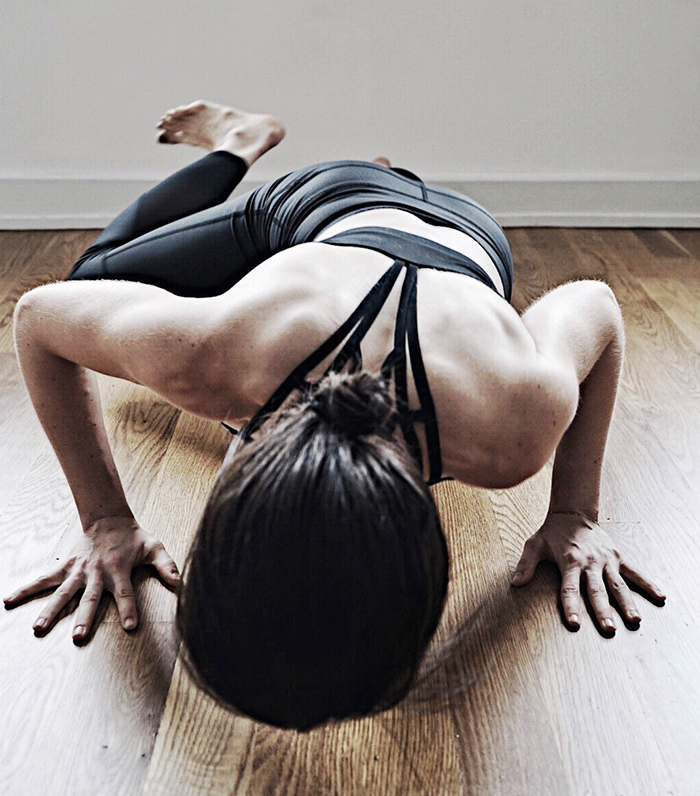

7 a.m.
"Around 7 a.m., I'll head home to get ready for the day. I'm pretty ritualistic about this part of my day, and I make sure to drink 40 ounces of water during this time (I aim for a gallon a day) with my breakfast, which is always a smoothie. I get ready, prep my lunch, and scroll though work emails before leaving for the office."
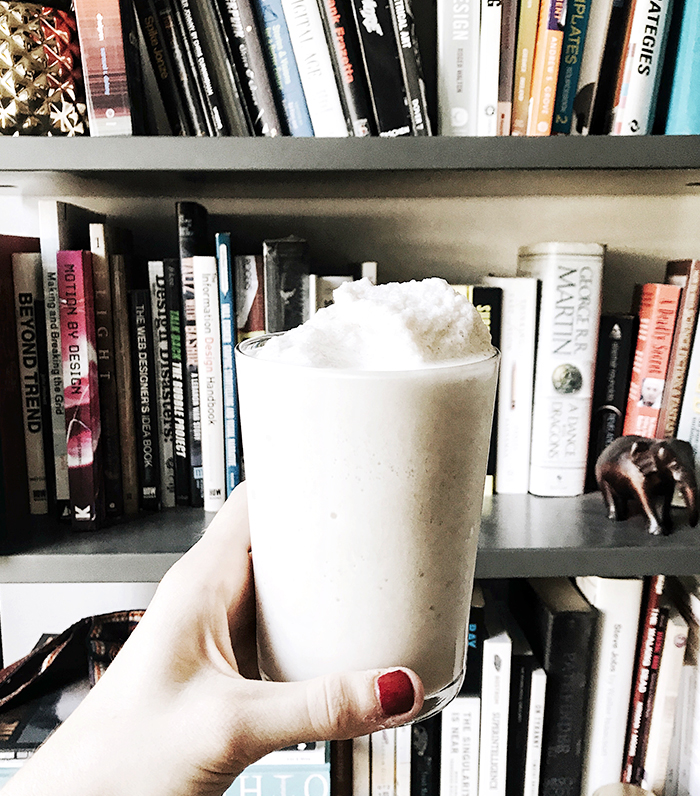
8:30 a.m.
"For some reason, a lot people don't think I have a day job… I do! I'm in the office by 8:30 a.m. every day. Obviously no training happens here, but something that is equally as important does—keeping my nutrition in check! With the amount of energy I'm expending per day, I want to make sure I'm getting enough nutrients back through proper diet and active rest. I prep my meals on the weekend to align with flexible dieting so my mornings aren't consumed with the daunting question of what to eat that day and my days aren't filled with grazing on leftover office pizza. And much like my breakfast, I eat the same thing every day for lunch. The last two weeks, I've been obsessed with taco salads and peaches. Strange but true!"
7:30 p.m.
"I try my best to make it to my second training session of the day by 7:30 p.m. at NYSC. This is always an endurance-based session. I'll spend an hour to an hour and a half focusing on swimming, biking, and/or running. A lot of these sessions are 'brick' workouts, meaning I do two legs of a triathlon back-to-back. Transitioning between the 24.8-mile bike and 6.2-mile run leg of the race is ALWAYS the hardest part for me (and most people), so getting my transition times down is a huge goal—especially as I begin 2018 race season come November/December and half-Ironman training."
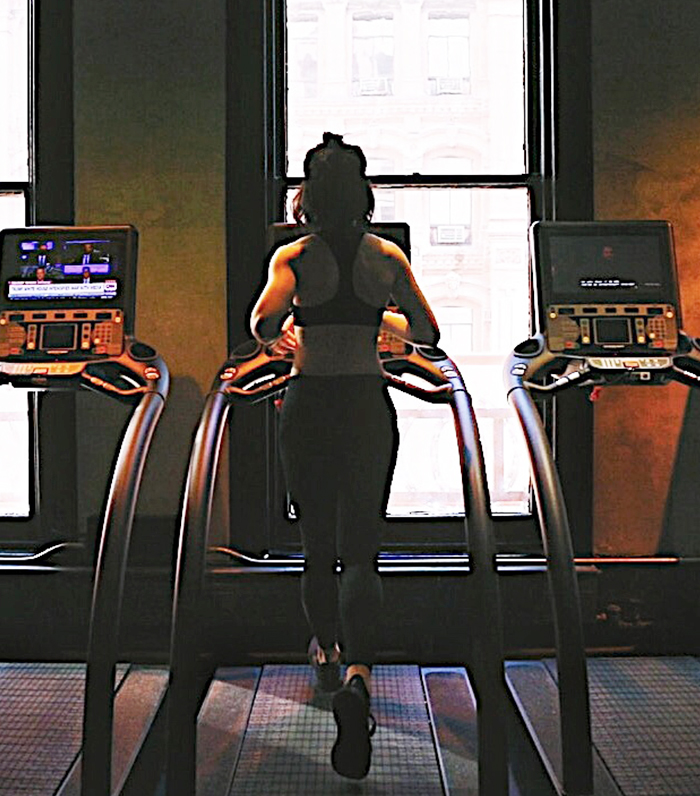
10 p.m.
"For me, recovery is just as important as training. I see my physical therapist, David at MOTIVNY, one or two times a week. He typically will look at any sore spots, and we'll work through a game plan to get those kinks out as quickly as possible. A lot of times, that means doing physical therapy exercises right before bed. Following my last race, I experienced quite a bit of nerve-related knee pain, so I've been working through some knee exercises and strength training for the lower left side of my body every day. As tempting as it is to shower and hop right into bed when I get home, I know I'll regret it if I don't spend 15 minutes going through my exercises."
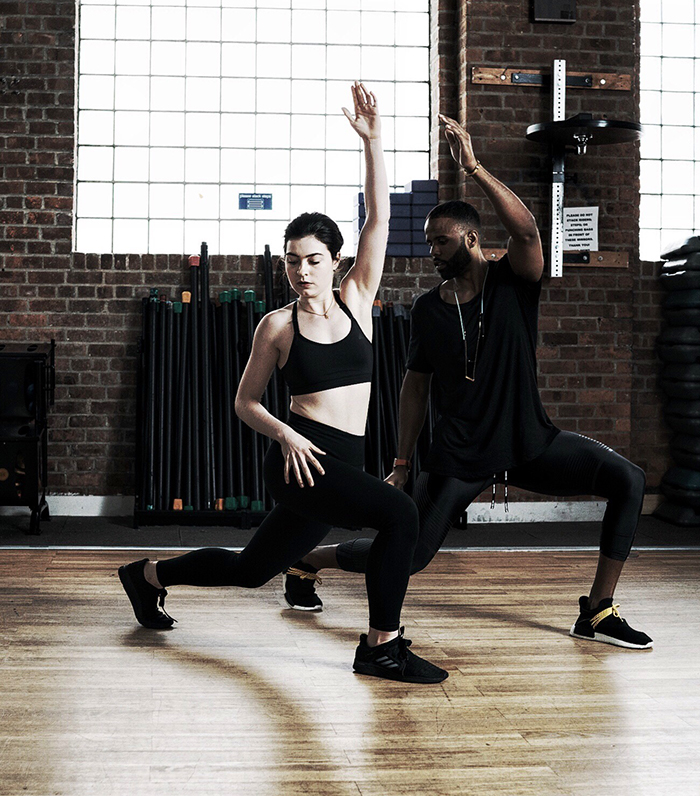
10:15 p.m.
Lights out! Rest, rinse, repeat.
Get a closer look at Loher's training on her Instagram and website. And next up: Check out a day in the life of SoulCycle's badass CEO.
Disclaimer
This article is provided for informational purposes only and is not intended to be used in the place of advice of your physician or other medical professionals. You should always consult with your doctor or healthcare provider first with any health-related questions.

